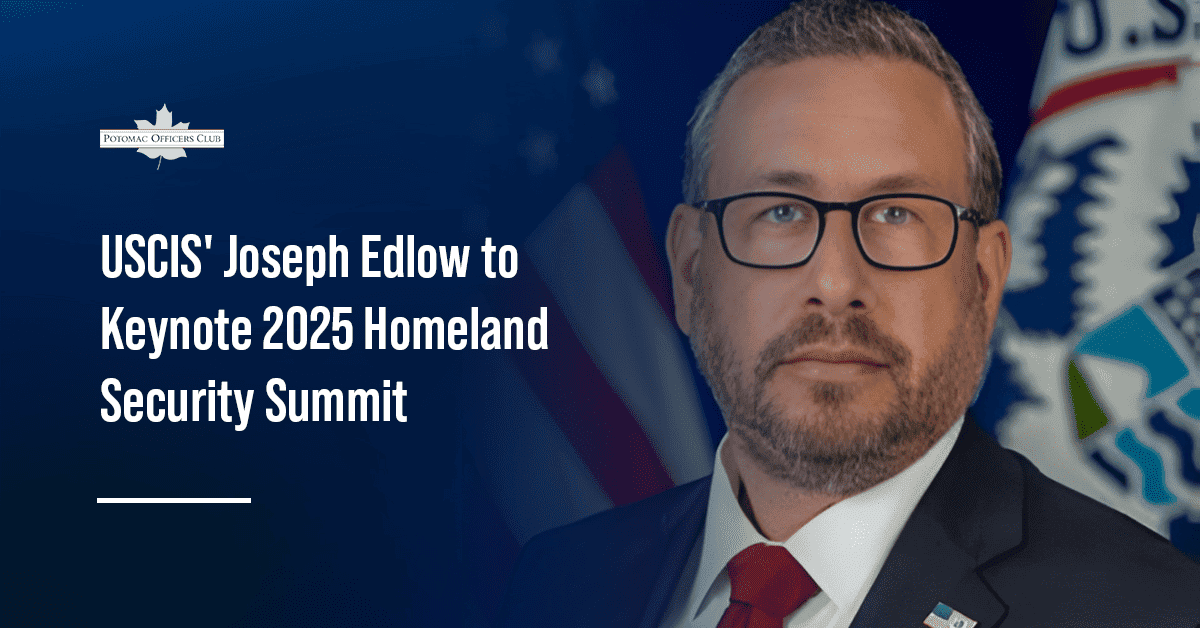
US Space Force Strategy Targets Growing Chinese Influence in Space
The United States is accelerating efforts to form a multinational space coalition as competition with China sharpens. At the 40th Space Symposium in April 2025, U.S. Space Force Chief of Space Operations and Wash100 Award winner Gen. Chance Saltzman unveiled the service’s first International Partnership Strategy, a blueprint for expanding military-to-military space cooperation with allies and partners worldwide.
The move comes as China’s own space ambitions surge, including the establishment of a People’s Liberation Army Space Force in 2024 and aggressive pursuit of strategic partnerships in Africa, the Middle East and Latin America. U.S. officials frame the new coalition-oriented approach as essential to countering Beijing’s growing space footprint and preserving the security, stability and sustainability of the orbital domain.
For the latest updates on U.S. federal government news, make sure you’re subscribed to ExecutiveGov‘s daily newsletter: GovCon Daily. You can register right on the site’s homepage and you’ll be immediately added to our mailing list, where we run down acquisition opportunities with various agencies, personnel changes, proposed legislation currently circulating Congress and much more!
What Is the Space Force International Strategy?
The Space Force international strategy rests on three goals:
- Empower allies and partners as combat multipliers, leveraging national strengths for collective advantage
- Enhance communication and interoperability of data, systems and capabilities
Achieve full-spectrum integration of force development across allied nations
These principles aim to turn policy into operational reality, ensuring coalition forces can act in unison during crises — and that no single nation, including China, can dominate the space environment.
How Is China Expanding Its Global Space Network?
While the United States formalizes its strategy, China is advancing its own coalition-building. Beyond launching its military space branch, Beijing is working to embed Chinese technology and infrastructure in partner nations’ space architectures. Recent deals have included agreements for ground-based tracking stations and joint satellite programs with countries in Africa and South America.
Analysts warn that these partnerships could give China a strategic edge in space situational awareness, secure communications and rapid launch capabilities — all areas where the U.S. and its allies seek to maintain a lead.
Allied Responses: Strengthening the Counterweight
Australia is pushing to expand the AUKUS security pact into the space domain through a proposed “Pillar 3” that would add southern-hemisphere sensors, rapid-launch facilities and resilient communications to the allied network.
European partners, despite political tensions, continue deep integration with the U.S. in space operations. NATO members are embedding interoperability into exercises and force planning, ensuring a unified front.
The United Kingdom Space Command is contributing through initiatives like Operation Olympic Defender, which aligns allied space assets under a shared defense framework.
These moves, coupled with deepening cooperation with Japan, Canada and Italy, signal a broad consensus that collective space power is the most credible deterrent to Chinese — and Russian — advances.
Building a Resilient Global Space Coalition
National Defense Magazine notes that many allied nations are standing up their own military space organizations, creating fertile ground for embedding coalition structures from the outset. U.S. Space Force leaders are working to align doctrine, training and technology standards across partners, with a focus on:
- Shared space domain awareness
- Coordinated launch and on-orbit operations
- Integrated communications and data networks
- Combined deterrence messaging to adversaries
However, a Government Accountability Office report cautions that staffing gaps, unclear roles and missing milestones could slow progress if not addressed.
What Is the Strategic Outlook for the Space Race?
The International Partnership Strategy positions the United States as the hub of a combat-credible multinational space coalition. In the long run, success will hinge on sustained engagement, meaningful capability integration and demonstrating that a united allied network can deter aggression as effectively in orbit as on Earth.
As China builds its own web of space alliances, the race is no longer just about technology — it is about who can build the strongest, most trusted coalition in the most contested domain of the 21st century.

Category: Articles




